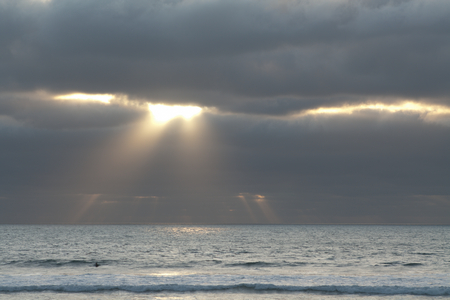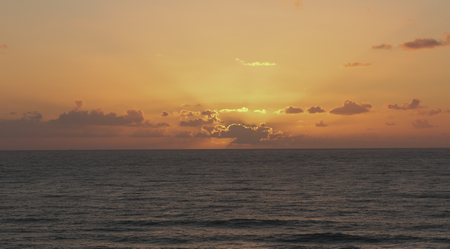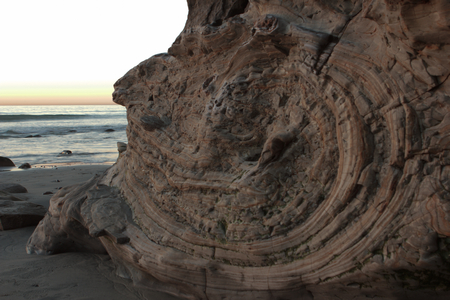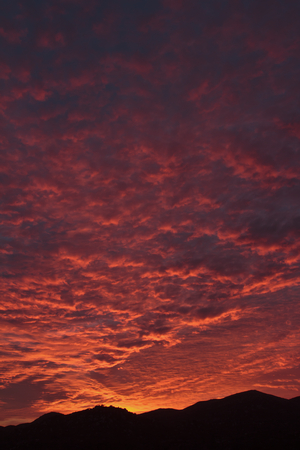To explore what it would mean to live fully, sensually alive and passionately on purpose, I have to drop my preconceived ideas of who and what I am. – Dawna Markova
This quote of Dawna Markova reminds me that creativity requires giving up our usual and comfortable way of doing things. Erich Fromm similarly stated “Creativity requires the courage to let go of certainties.” Charles Dickens, in the same vein, said “The important thing is this: to be ready at any moment to sacrifice what you are for what you could become”.
I am a person who, after developing a certain level of competence or “success”, enjoys practicing continually, developing habits that allow me to become “lost” in the creative process. This does produce a gradual sophistication of my output. However I lose sight of the fact that quantum leaps in creativity, and the enjoyment thereof, are the product of learning and melding new capabilities. It is because the transition period often produces “unsuccessful” results that I naturally resist change. These quotes remind me of the shortsighted nature and long term constriction of this, more comfortable approach.
The remainder of this post refers to the photo at the top of this post. It is a highly processed image of a water fall in San Diego Botanical Gardens (previously Quail Botanical Gardens) located in Encinitas California about 15 miles north of the city of San Diego. I highly recommend it to anyone interested in nature or photography. It is roughly 50 feet (four stories) high. 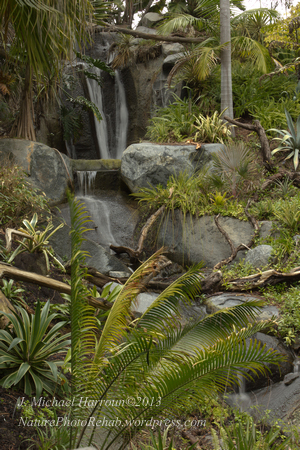
This is the original, unprocessed image. Many people will like it better than my processed version. I respect that.
Processing:My intents were first to exaggerate detail and secondly to make the water more apparent by increasing its brightness. First, minor processing was done in Adobe’s Camera Raw (added a little “clarity” and “vibrance”, reduced noise and slightly sharpened (pre-sharpening which is not destructive as is output sharpening). Then Nik Color Efex Pro 4 was used to considerably increase contrast and detail (“detail enhancer” filter). Photoshop Elements was then used to dodge (increase the brightness of) the water and burn (darken) some of the bright rocks and the sky in order to direct the eye more toward the water. Finally Nik Sharperner Pro 3 provided output sharpening for display (This is the destructive type of sharpening that should be done as the very past step of the processing).
Now, at the top of this post, it appears as I wish it would have looked to my eye at the time. I will reprocess this image several more times in different ways/styles for comparison (and maybe be a little creativity).
I am available to assist photographers who are just beginning their experience with photo processing.
J. Michael Harroun©2013 NaturePhotoRehab.com



